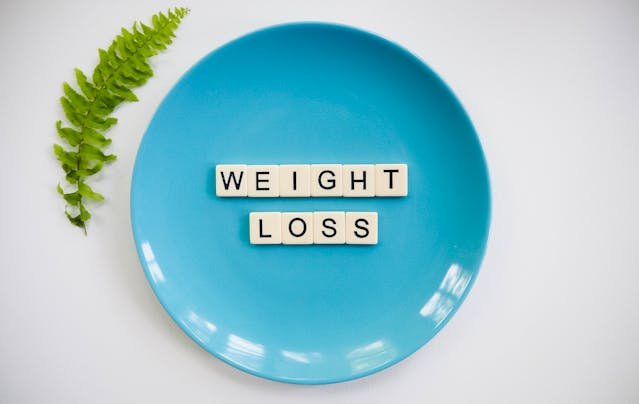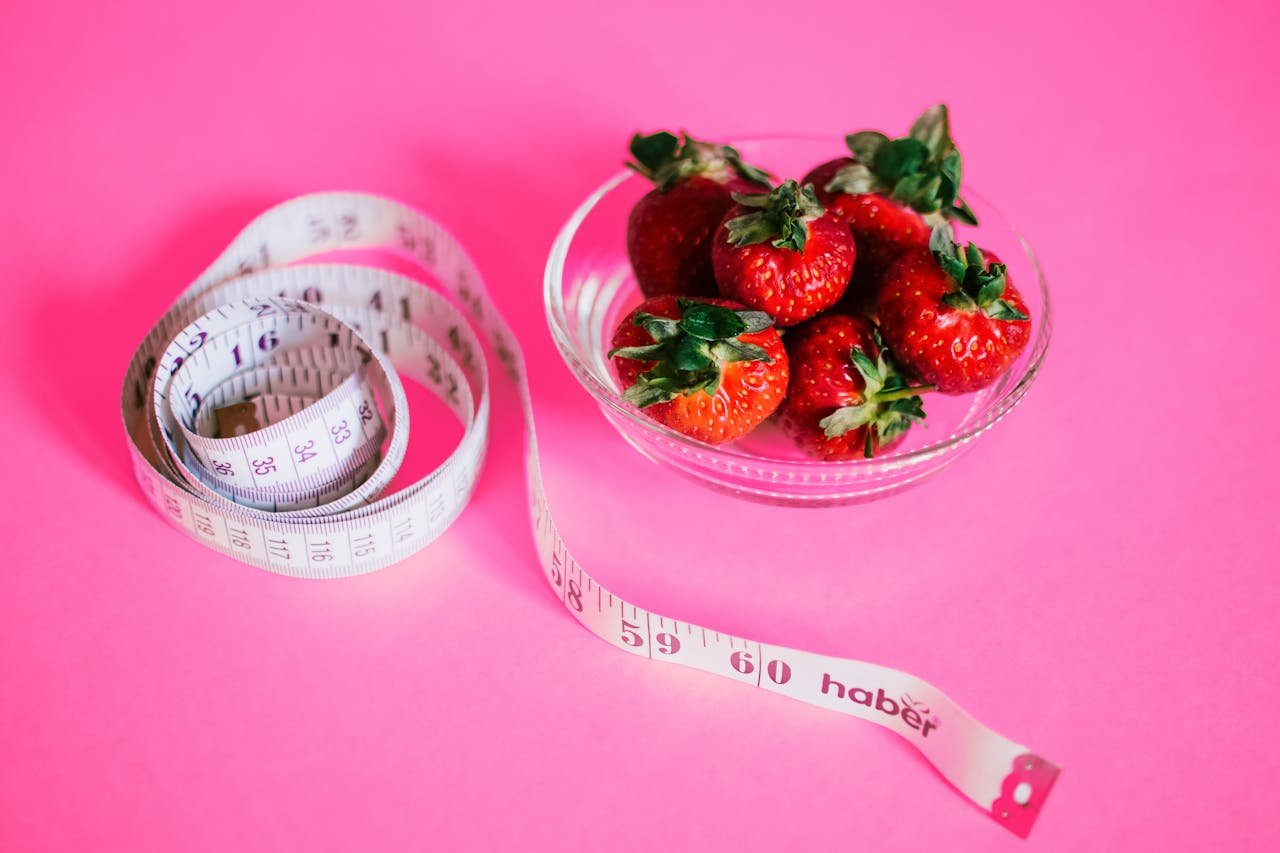Losing weight may appear to be an uphill task, but it is quite achievable with the right kind of diet and approach. A weight loss diet doesn’t have to mean starvation or extreme measures. Rather, it’s about making informed food choices, maintaining balance, and creating sustainable habits that support your health and goals. Here’s all you need to know about a weight loss diet.
Understanding Weight Loss
Weight loss is achieved when you take in fewer calories than your body burns. A calorie deficit can be created through the following:
- Reduced intake of calories: Either by eating smaller portions or consuming lower-calorie foods.
- Increased physical activity: The body can burn more calories with increased exercise or physical activity.
Components of an Effective Weight Loss Diet
1. Focus on Whole Foods
Whole, minimally processed foods tend to be more nutrient-dense and lower in calories than their more processed counterparts. Include foods like
- Vegetables: Spinach, broccoli, bell peppers, and kale are low in calories but high in fiber.
- Fruits: Consume whole fruits such as apples, berries, and oranges rather than fruit juices.
- Lean Proteins: Chicken breast, turkey, fish, tofu, and legumes keep you full while maintaining muscle mass.
- Whole Grains: Brown rice, quinoa, oats, and whole-grain bread give you sustained energy.

2. Control Portions
even healthy foods can lead to weight gain if consumed in excess. Use these tips to control portions:
- Serve meals on smaller plates.
- Measure portions to understand serving sizes.
- Avoid eating directly from large containers or bags.
3. Cut Back on Sugars and Refined Carbs
Foods with added sugars and refined carbohydrates, such as candy, soda, white bread, and pastries, may result in sugar ups and downs that increase appetite. Instead, consume foods containing complex carbohydrates that are steadily digested for energy. Some examples of such foods are sweet potatoes, lentils, and whole grains.
4. Add Healthy Fats
Healthy fats keep you full, thus decreasing the tendency to overeat. Healthy fat sources include:
- Avocados
- Nuts and seeds
- Olive oil
- Fatty fish (like salmon, mackerel)
5. Hydrate
Sometimes thirst is mistaken for hunger. Drinking water throughout the day can help you feel fuller and reduce unnecessary snacking. Drink at least 8 glasses daily.
Following is a sample day on a weight loss diet:
Breakfast: Scrambled eggs with spinach and tomatoes, a slice of whole-grain toast and black coffee or green tea
Snack: A handful of almonds and an apple
Lunch: Grilled chicken salad with mixed greens, cucumbers, and olive oil dressing, a small serving of quinoa
Dinner: Grilled salmon, roasted broccoli, sweet potato
Tips for Success
- Plan Your Meals: Preparing meals in advance helps you avoid impulsive, unhealthy choices.
- Track Your Intake: Use apps or journals to monitor your food intake and stay on track.
- Be Patient: Sustainable weight loss takes time. Aim for a gradual loss of 1–2 pounds per week.
- Allow Flexibility: its okay to indulge occasionally. Balance is key to long-term success.
What to Avoid
- Fad Diets: Extreme diets that promise rapid weight loss are often unsustainable and can harm your health.
- Skipping Meals: This can lead to overeating later and may slow down your metabolism.
- Liquid Calories: Drinks like sodas, sweetened teas, and high-calorie coffee beverages can add up quickly without satisfying hunger.
The Bottom Line
A weight loss diet is not about short-term sacrifices but about building habits that support a healthy lifestyle. Focus on whole, nutrient-rich foods, maintain portion control, and stay consistent. Pair your diet with regular physical activity and sufficient sleep for the best results. Remember, achieving and maintaining a healthy weight is a marathon, not a sprint.



